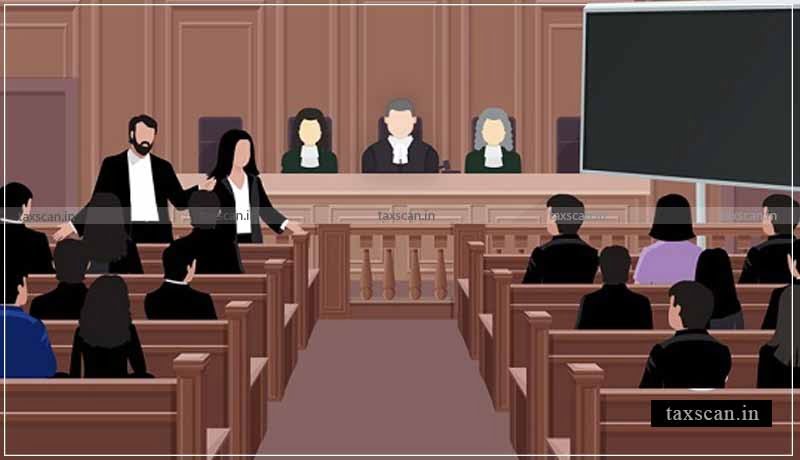Digital Court Hearings in India

The unprecedented outbreak of the COVID-19 urged the adoption of ‘social distancing’ in various countries. Amidst the lockdown and quarantines, various sectors implemented the ‘work from home’ policy, ensuring a healthy, safe and flexible working environment.
The case of the Supreme Court and High Courts in India isn’t any different. At this extraordinary stage, it was necessary to ensure that the gathering of lawyers and litigants at the court premises does not result in the spread of the COVID-19 virus. In furtherance of the same, taking recourse to Article 142 of the Constitution and powers so conferred the Supreme Court embraced the work from home model resulting in the successful implementation of Digital Court - guidelines ensuring virtual hearing of cases by the Supreme Court. The guideline strictly speaks about making available the facilities of video conferencing to those litigants who do not have access to video conferencing facilities.
Dispensation of justice is the utmost necessary whatever be the crisis faced. High-speed internet connectivity and laptops ensured effective administration of justice whereby most of the courts have taken recourse to video conferencing apps like Zoom, leading to online hearing of cases. This clearly shows how the Indian judiciary has been very much keen on taking up the advancements in the field of technology and incorporating them in the judicial proceedings. On the other hand, it is highly necessary to ensure that these platforms are very much protected and safe.
This is not the very first time where information and technology have been included in the judiciary. The e-Courts project was conceptualized by the Supreme Court in the year 2005, involving the computerization of 39 High Courts complexes and 3,219 District Court complexes in India. Later on, in 2013, the national portal for e-Courts was launched, whereby any citizen could get free online access to daily cause lists, case status, orders and judgments of cases before the respective courts.
The case of State of Maharashtra and P.C. Singh v. Praful B Desai and Ors, looked upon the scope of the recording of evidence through video conferencing. By allowing evidence by way of electronic records, the Supreme Court held that “Video conferencing is an advancement in science and technology which permits one to see, hear and talk with someone far away, with the same facility and ease as if he is present before you, i.e., in your presence. In fact, he/she is present before you on the screen. Except for touching, one can see, hear and observe as if the party is in the same room. In video conferencing both parties are in the presence of each other.”
These are all temporary and goes away once the state gets rid of the pandemic. It may not be appropriate to resort to virtual hearings at all times. And there may be lawyers who aren’t well equipped to resort to such a technological method of litigation. However, this could be seen as an opportunity to incorporate rapidly developing technologies into the justice delivery system. As the judiciary have paved the way for virtual hearing of cases, this opens up a possibility of filing and conducting online hearings at times necessary. This gives an opportunity for lawyers to argue cases at any courts without them being present physically. Given a situation that a lawyer is not able to travel and be present for the case, he should still have the option to resort to virtual hearing of his matter. Also considering the matters in appeal, this gives litigants a chance to resort to a lawyer of their choice, rather than requiring them to find a local lawyer. It could also help the litigants in cost reduction. To be able to completely digitize the case is a very challenging task, however, not impossible.
Kavya Varma is a Student of Law in NUALS, Kochi.

